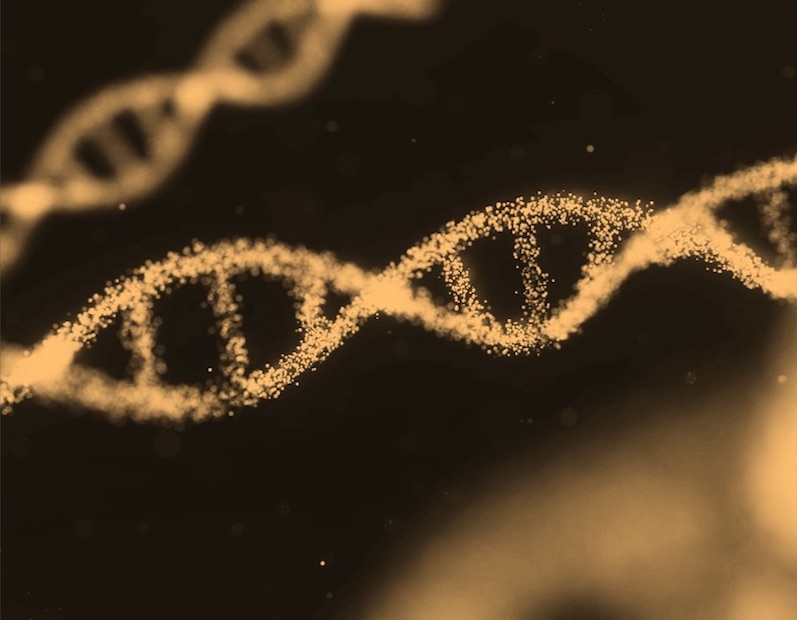What is it about?
The article "PHARMA'S NITROSAMINE CHALLENGE: A REVIEW OF A CALL FOR VIGILANCE" by Mostafa Eissa discusses the issue of nitrosamine impurities in medications. Nitrosamines are potential carcinogens that can form in medications under certain conditions. The article reviews the guidelines and regulations set by the European Pharmacopoeia (EP) and the United States Pharmacopeia (USP) to minimize the presence of nitrosamines in medications. It also discusses the risk assessment and control strategies, testing procedures, and analytical methods for detecting and measuring nitrosamines in medications. The article emphasizes the importance of vigilance and continuous monitoring to ensure the safety of medications. Here are some key points from the article: Nitrosamines are potential carcinogens that can form in medications. The EP and USP have set strict guidelines to minimize the presence of nitrosamines in medications. The guidelines include acceptable intake limits for six specific nitrosamines and a four-step risk assessment and control strategy. Testing procedures and analytical methods for detecting and measuring nitrosamines in medications are also outlined. The article emphasizes the importance of vigilance and continuous monitoring to ensure the safety of medications. Overall, the article provides a comprehensive overview of the nitrosamine challenge in the pharmaceutical industry and the measures being taken to address it. It is a valuable resource for anyone interested in learning more about this important topic.
Featured Image

Photo by freestocks on Unsplash
Why is it important?
The paper is important because it addresses a significant public health issue, namely the presence of nitrosamines in medications. Nitrosamines are potential carcinogens, and their presence in medications can pose a serious health risk to patients. The article provides valuable information on the regulations and guidelines in place to minimize the risk of nitrosamine contamination, as well as the testing procedures and analytical methods used to detect and measure these impurities. By raising awareness of this issue and providing guidance on how to address it, the minireview can help to protect public health and ensure the safety of medications.
Perspectives
Subject: A Comprehensive Overview of Nitrosamine Contamination in Pharmaceuticals The article, "PHARMA'S NITROSAMINE CHALLENGE: A REVIEW OF A CALL FOR VIGILANCE," provides a timely and comprehensive overview of the critical issue of nitrosamine contamination in pharmaceuticals. The author's thorough analysis of the regulatory landscape, risk assessment strategies, and testing methodologies offers valuable insights for both industry stakeholders and regulatory bodies. Key Points and Recommendations: Regulatory Harmonization: While the European Pharmacopoeia (EP) and the United States Pharmacopeia (USP) have established guidelines to mitigate nitrosamine risks, further harmonization of these standards on an international level would enhance global safety standards and facilitate trade. Risk Assessment and Control: The article's emphasis on the four-step risk assessment and control strategy is commendable. It is essential to continuously evaluate and update these strategies in light of emerging scientific evidence and evolving manufacturing processes. Testing and Analytical Methods: The discussion of testing procedures and analytical methods is crucial. Ongoing research and development should focus on improving the sensitivity and specificity of these techniques to ensure early detection of nitrosamine contamination. Supply Chain Transparency: Given the global nature of pharmaceutical supply chains, increased transparency and collaboration among manufacturers, suppliers, and regulatory authorities are essential to identify and address potential risks associated with nitrosamine formation. Continuous Monitoring and Vigilance: As highlighted in the article, vigilance and continuous monitoring are paramount to prevent future incidents of nitrosamine contamination. Regular audits, inspections, and risk assessments should be conducted to ensure adherence to regulatory requirements. Conclusion: The article effectively underscores the importance of addressing the nitrosamine challenge in the pharmaceutical industry. By implementing the recommendations outlined above, we can collectively work towards enhancing patient safety and protecting the integrity of the global pharmaceutical supply chain.
Independent Researcher & Consultant Mostafa Essam Eissa
Read the Original
This page is a summary of: PHARMA'S NITROSAMINE CHALLENGE: A REVIEW OF A CALL FOR VIGILANCE, Universal Journal of Pharmaceutical Research, July 2024, Society of Pharmaceutical Tecnocrats,
DOI: 10.22270/ujpr.v9i3.1119.
You can read the full text:
Contributors
The following have contributed to this page







